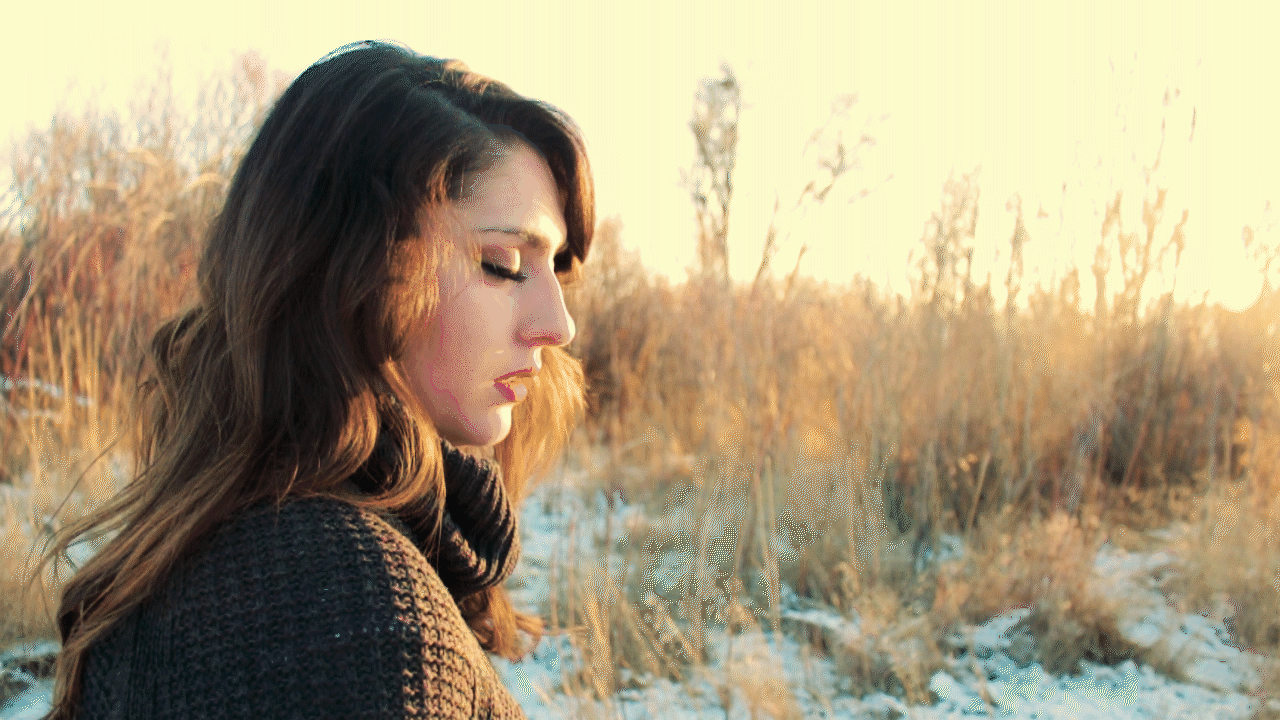

It’s a shame when great cinemagraph concepts lose their impact because the camera can only record in substandard quality.
#CINEMAGRAPH IDEAS 2017 FULL#
Alternatively they can be displayed on a Full HD screen, but will appear sharper than Full HD quality cinemagraphs, due to the higher frequency of pixels. 4K cinemagraphs can be displayed on a screen much larger than Full HD.

Stay Technically Up-To-DateĤK resolution is quickly becoming the new standard. Incorrect camera settings can result in choppy movement. Also, the frame rate should be at least 24 fps, and the export settings of the final cinemagraph should match this to avoid a black frame at the end of the video. Most importantly, if the exposure time is not set twice as high as the frame rate, this can result in choppy movement (e.g. However, I learned the most important rules quickly, including, for example, the correct camera settings. When I first started making cinemagraphs, I was overwhelmed by the idea of having to deal with video. Have you thought carefully about the height from which you will take the picture and why? 8. How close can you get to the main subject? Get creative here! Are there any elements nearby that can be placed out of focus in the foreground? Are there any elements in the image that are irrelevant to the concept? If so, consider moving them slightly to the side, or repositioning yourself. Here are some common questions you should keep in mind in terms of perspective. Perspective is just one of many photography techniques one should master when creating cinemagraphs. Perspective, colors, composition, depth of field, and so forth-these concepts are all integral to creating top-notch cinemagraphs! To go fully in depth on this topic would go beyond the scope of this article, so I will focus instead on one element: perspective. The more familiar you are with the rules of photography, the better your “living photos” will become. You can read more about endless looping in Photoshop here. If you choose to apply a forward-backward effect (also known as “bouncing loop”), slowing down the movement at the point of inflection might help. Then set the opacity of the top layer back to 100% and apply the effect. A simple trick is to reduce the upper video on the timeline to higher transparency and to position the bottom video at a point where both images are quite similar. When cross-fading, this can be done by superimposing a spot where the frames of both videos resemble each other. When it comes to endless looping, it is important to ensure that the transition is seamless and undetectable, and that the movements do not seem robotic. The transition should take place between two similar planes. To avoid this, I would recommend creating a division of stasis and motion between objects that are very different from one another or already have very clear boundaries in the image. Allow me to illustrate my point: if you’re creating a cinemagraph of water in a pool, why should the water only move on the left side of the pool, but never the right? The movement looks artificial and compromises the integrity of the image.

When I started making cinemagraphs three years ago, I struggled with this a bit. When drawing the line between motion and static elements in a cinemagraph, it’s important to do so logically. Meaningful Division of Stasis and Movement It’s imperative to ensure that the foregrounded element is neatly “cut out.” If the edges of an object are blurred, due to an open aperture for example, a soft edge should also be applied when cutting out the object. It becomes especially important when you intend an element in the foreground to be static, with a lot of movement behind it-or vice versa. Masking is one of the most important aspects of post-production. In this example the mask has a soft edge of only a few pixels. The mask (in this case highlighted in red for emphasis) must adapt to the object and be placed precisly around the edges.


 0 kommentar(er)
0 kommentar(er)
